|
Sir Charles
Barry
Sir
Charles Barry was born in Westminster, London, in
1795. He was apprenticed to a surveyor at
the age of 15 but after inheriting money he
travelled extensively in Europe and the Middle
East which inspired him to become an
architect. He is best known for the
rebuilding of the Palace of Westminster in
collaboration with August Pugin. His first
major commission, though, came in Manchester,
where he won a competition to design the
Manchester Institution for the promotion of
Literature, Science and Arts.
The Royal Manchester Institute - now the Manchester Art Gallery, Mosley Street - 1824 - 1835 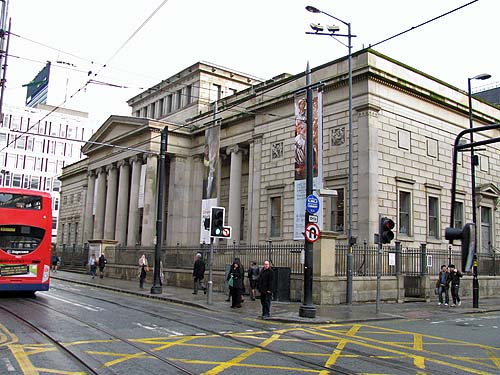 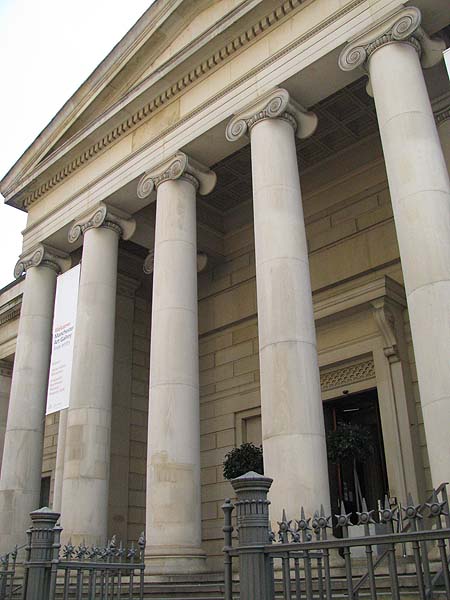 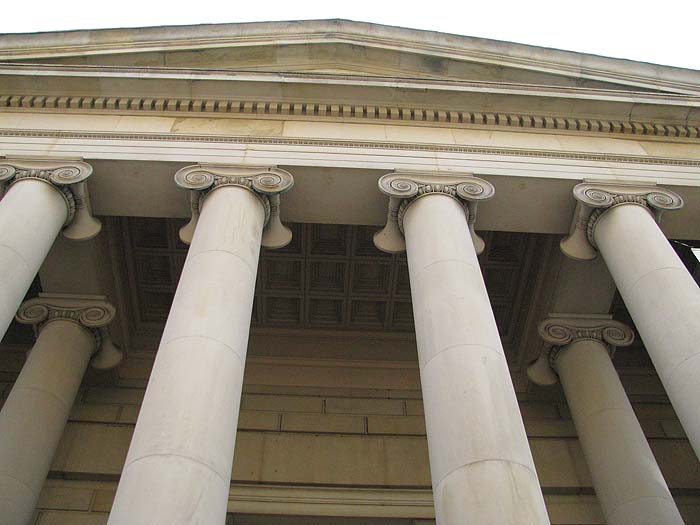 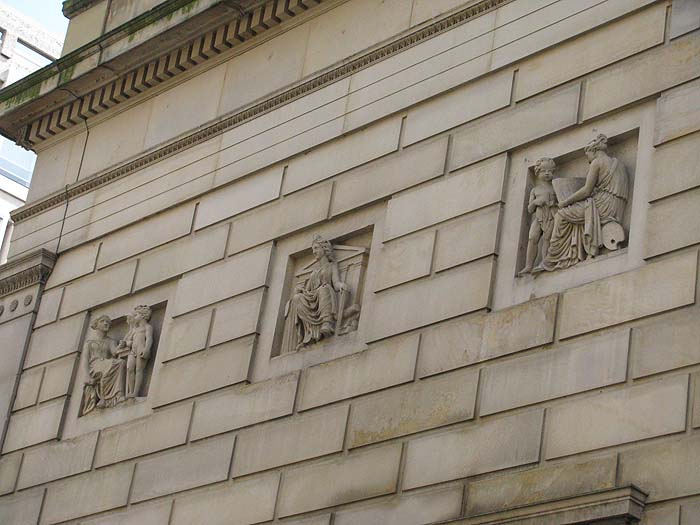 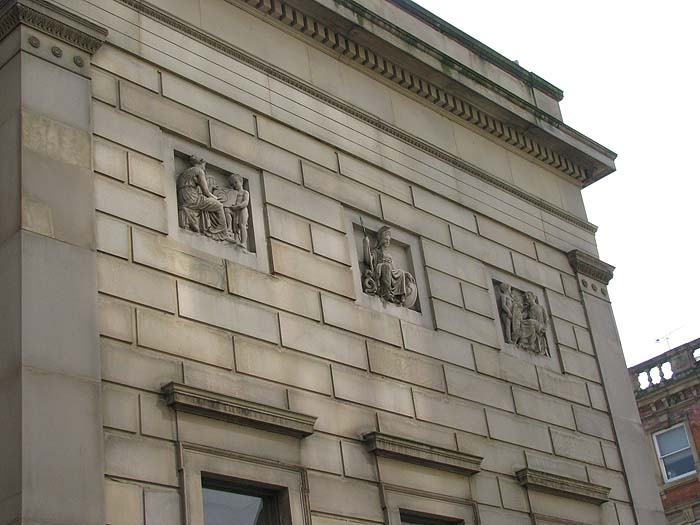 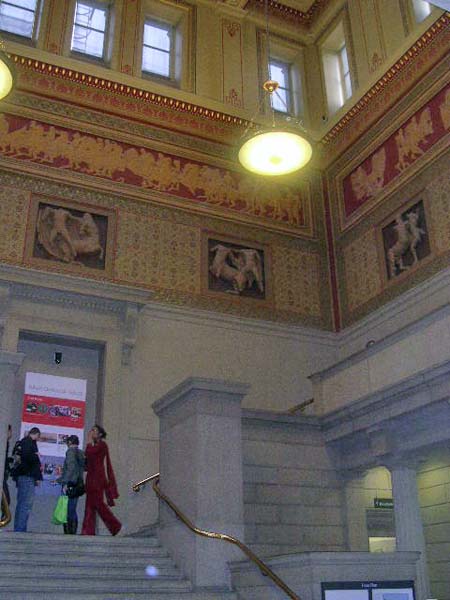 ******************** The Athenaeum, Princess Street - 1836 - 1839 The Athenæum Club was
founded by a group of gentlemen who saw the need for
an institution that combined the social and
intellectual elements but remained free from political
bias. The first meeting was held on the 13th October
in 1835. The group proposed raising a fund of at least
£10,000 with the the purpose of erecting a suitable
building, in a central situation. A site was chosen
and Sir Charles Barry prepared the designs from which
this building was constructed. The Athenaeum
Club was bought by Manchester city council in 1938,
and in the years that followed it was used as offices,
conservation studios and a store. Today it is part of
the Manchester Art Gallery having been attached to the
adjacent original gallery by a glass atrium.
 ******************** The Unitarian Chapel, Upper Brook Street - 1836 - 1839 In 1928 changes in the
nature of the district led to the sale of the chapel
and its new occupants were members of a Welsh Baptist
congregation. Later it was used as a Jehovah's
Witnesses Kingdom Hall. The building fell into
disrepair after it was abandoned. In 2006 the
building was so unsafe that part of the chapel was
demolished. The annex was also declared
unsafe. Since then the annex has been reopened
and is being used as an Islamic Academy.
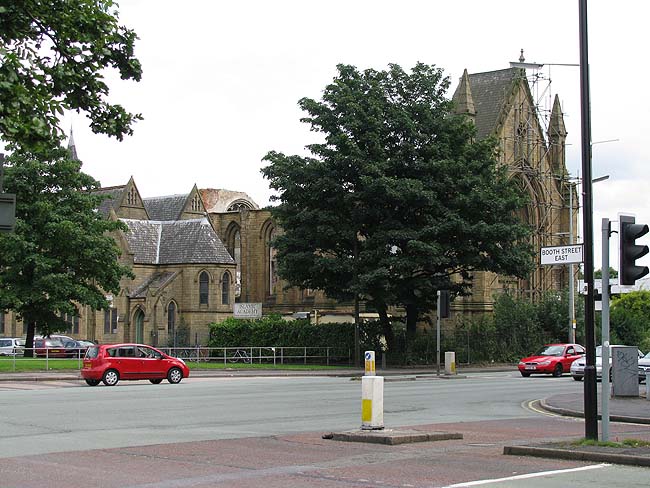 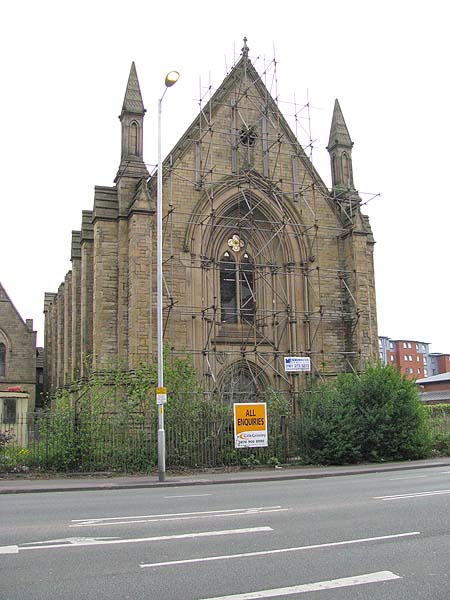  |